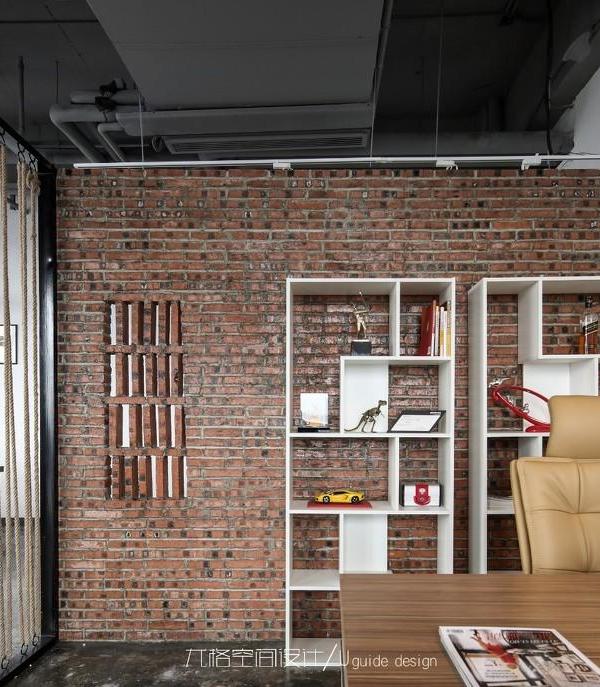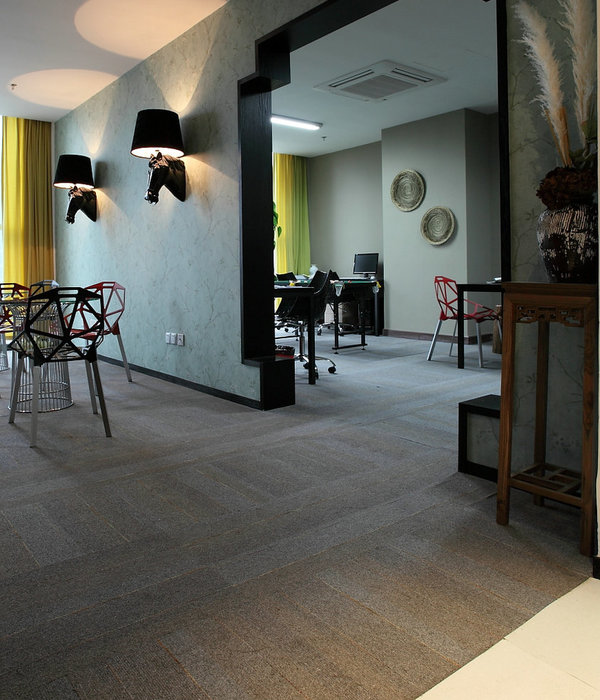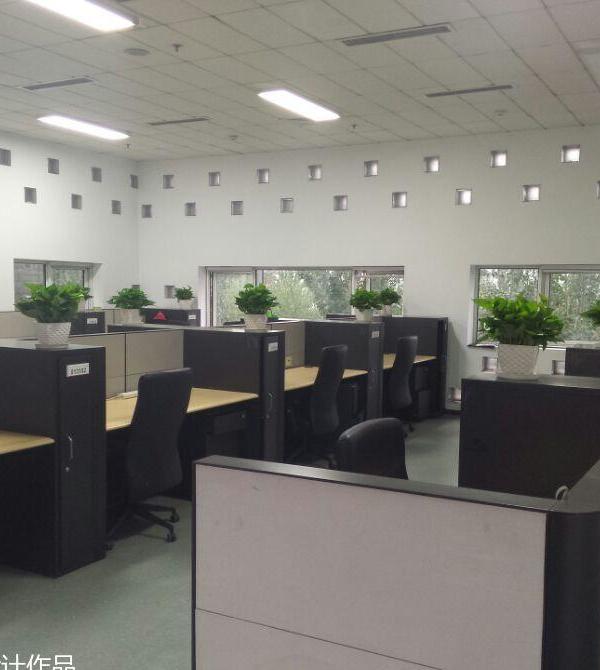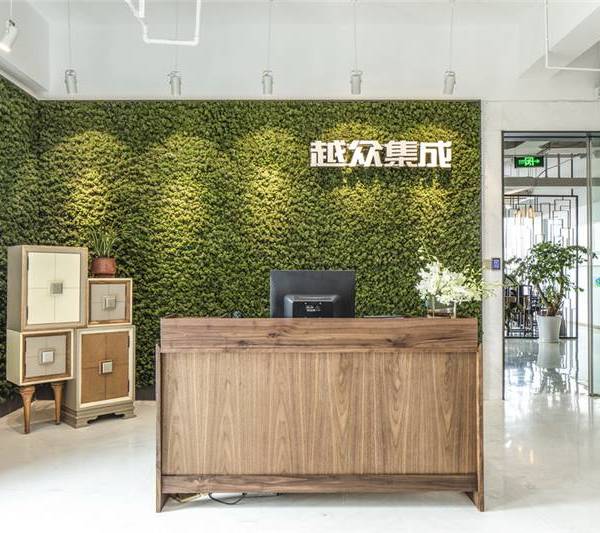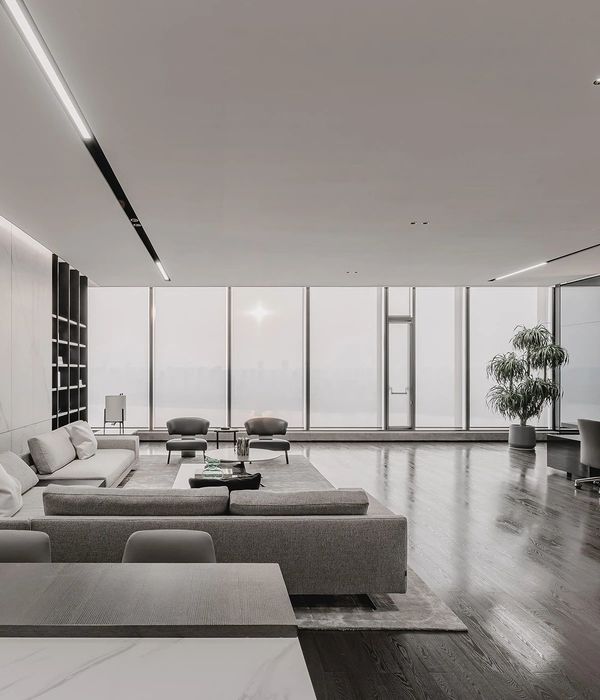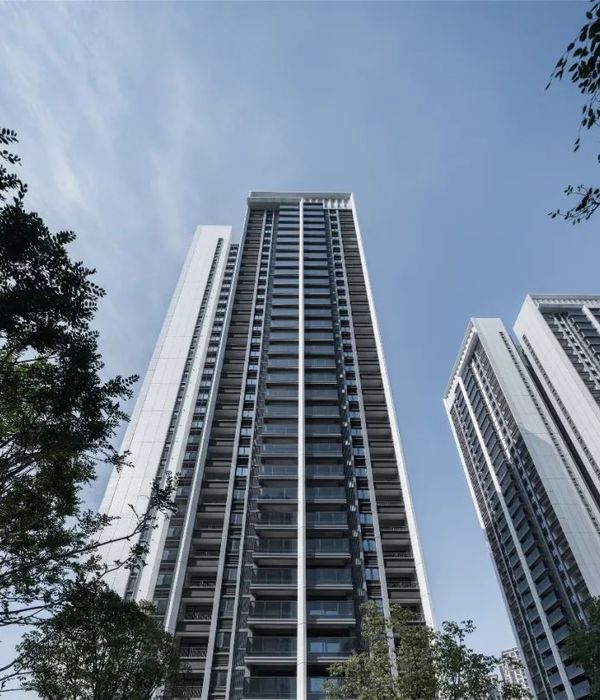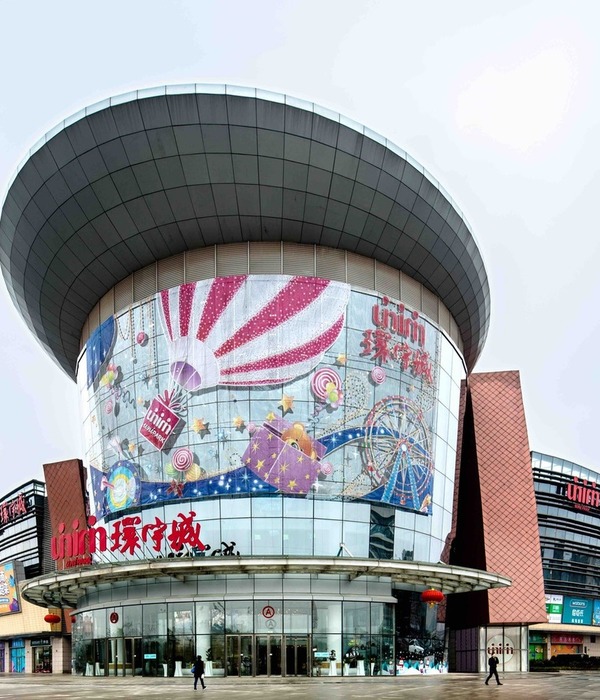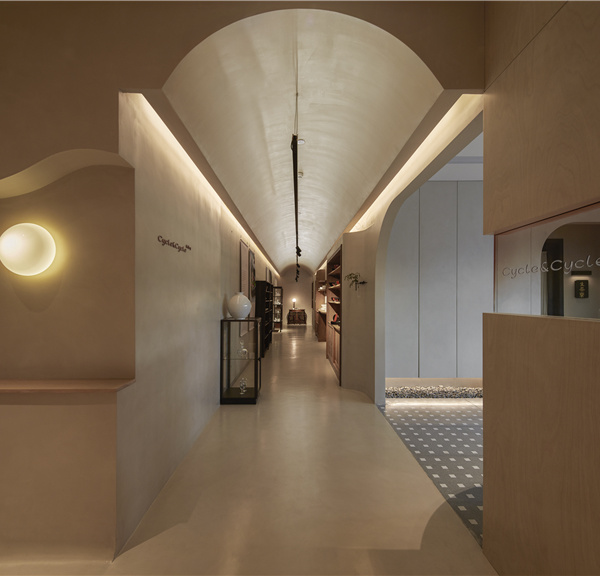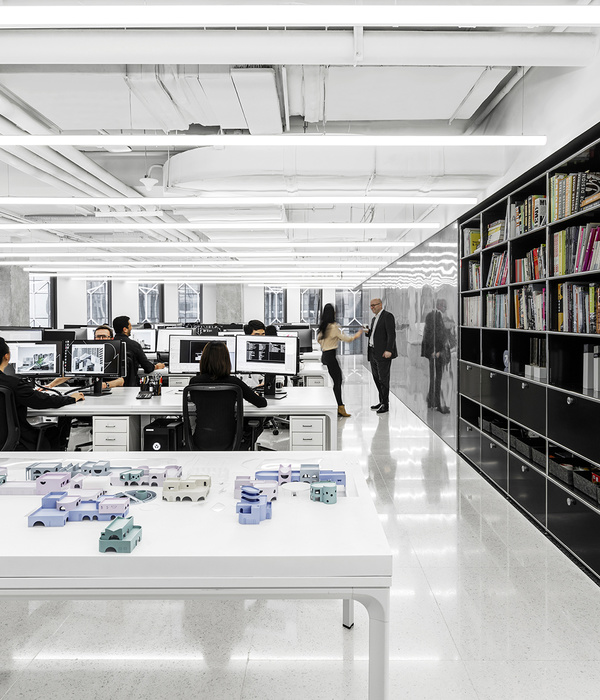Yantai Laiyang living aggregate L
设计方:汇
一建
筑(in:Flux architecture)
位置:山东 烟台
分类:居住建筑
内容:实景照片
设计团队:Xinyue Chen, Huijiao Lu
图片:34张
摄影师:Shengliang Su
这是由汇一建筑(in:Flux architecture)设计的居住集合体 L。该项目是由一座空置十多年的办公楼改造而成。原建筑是一座烂尾楼,位于四级城市莱阳。由于其区位和公众的期望,新一轮的土地开发再起。城市经济的快速发展带来了大量的住房需求。发展商期望将该建筑改造成住宅。而政策也为城市复兴和未来转型提供了另一种可能性。
沿着主街道布置了商业空间,并改造了广场层的一二层。水幕墙和景观创建了街道与新建两层净空的大堂之间的过渡空间。除了新建更多楼梯和公共交通空间,以满足出入口和效率的需求,居住楼层转角处的“路冲”空间对外打开,形成公共平台。这些空间直接面向道路的T型交汇处,往往被认为是坏风水的区域,同时由于平面的几何性,它们并不适于居住单元。这些居住楼层的公共平台,与农村的传统广场相似,成为了邻里活动的场所。
译者:筑龙网艾比
From the architect. Housing L is a renovation project of an office building that has been abandoned for more than ten years. The construction of the original building was never been finished since then. Located in a 4th tier city Laiyang, this kind of non-performing assets is an unpredictable result from the high-speed urbanization in China. Recently, as a series of new real estate development emerged, this building was recalled again because of its location and the expectation from the public. The rapid urban development has brought increasing housing demands. The developer expected to transfer this property into a housing. This strategy provides another possibility for urban renewal and transformation in the future.
Along the main street, the commercial spaces are maintained and renovated at the first two floors on the plaza level. The water wall and the landscape create a buffer zone between the street and the new double height lobby. Besides adding more elevators and public circulation spaces to satisfy egress and efficiency needs, the folding corner spaces on residential floors were opened up and transformed into public terraces. Directly facing the t-junction of roads, these areas were usually considered bad Fengshui in China and also because of the geometry in plans, they were not suitable for residential units. These public terraces on residential floors, similar to the traditional squares in the rural villages, serve the tenants with places for neighborhood activities.
Located at the central area of this small city, this ten-story building is considered too massive for its surroundings. To satisfy the need for shading as well as outdoor spaces for living, private balconies are added onto the south and southeast facades. It is like a veil covering the building and creating a new layer of outdoor living zone in between. It also softens the solid wall behind. Along with the public terraces on each floor, these 1.6 meter deep steel balconies transform this building with cliché decor into an urban living place. Perforated metal plates are added to the outside of the balconies at the lower three residential floors to reduce the direct impact from the street traffic. This corrugated surface also brings rhythms of colors variations to the facades under daylight. The balcony façade creates a new dialogue between the building and the city. Without modifying existing concrete structure, three types of 244 residential units (from 22 to 38 square meters) are placed on eight floors. Through the efficient zoning of living, sanitation area and the storage spaces, the compact layout of the dwelling unit makes the living space more flexible for modern urban living. All functions are clearly defined, and yet the spaces retain a sense of continuity and cohesiveness.
烟台莱阳居住集合体L外部实景图
烟台莱阳居住集合体L外部局部实景图
烟台莱阳居住集合体L内部实景图
烟台莱阳居住集合体L平面图
烟台莱阳居住集合体L剖面图
烟台莱阳居住集合体L示意图
{{item.text_origin}}

